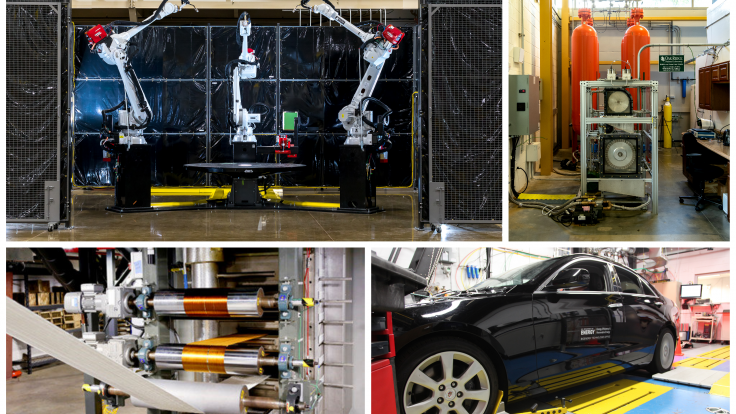
Advancing Building Technologies
The Building Technologies Research and Integration Center (BTRIC), established in 1993, is the Department of Energy’s only designated user facility dedicated to performing early-stage research and development in building technologies. With the aim of improving the energy efficiency and environmental compatibility of residential and commercial buildings, research focuses on building envelopes, equipment, building systems integration, energy storage and building-to-grid interactions, sensors, transactive controls, and data modeling and simulation.
The BTRIC comprises a 38,000 sq. ft. research campus and includes the flagship Maximum Building Energy Efficiency Research Laboratory (MAXLAB), a multi-purpose laboratory to advance the energy efficiency and durability of building envelopes (e.g., large-scale wall assemblies), equipment, and appliances.
Envelope and Equipment Laboratories provide a range of test chambers and capabilities for developing new components that are more resistant to heat flow, airtight, and moisture-durable than existing technologies. Flexible Research Platforms offer the opportunity to plug-and-play, placing technologies into real-world, highly instrumented buildings for evaluation. From benchtop wind tunnels to computational fluid dynamics modeling to large-scale environmental chambers, BTRIC provides a range of capabilities to advance building technologies.










